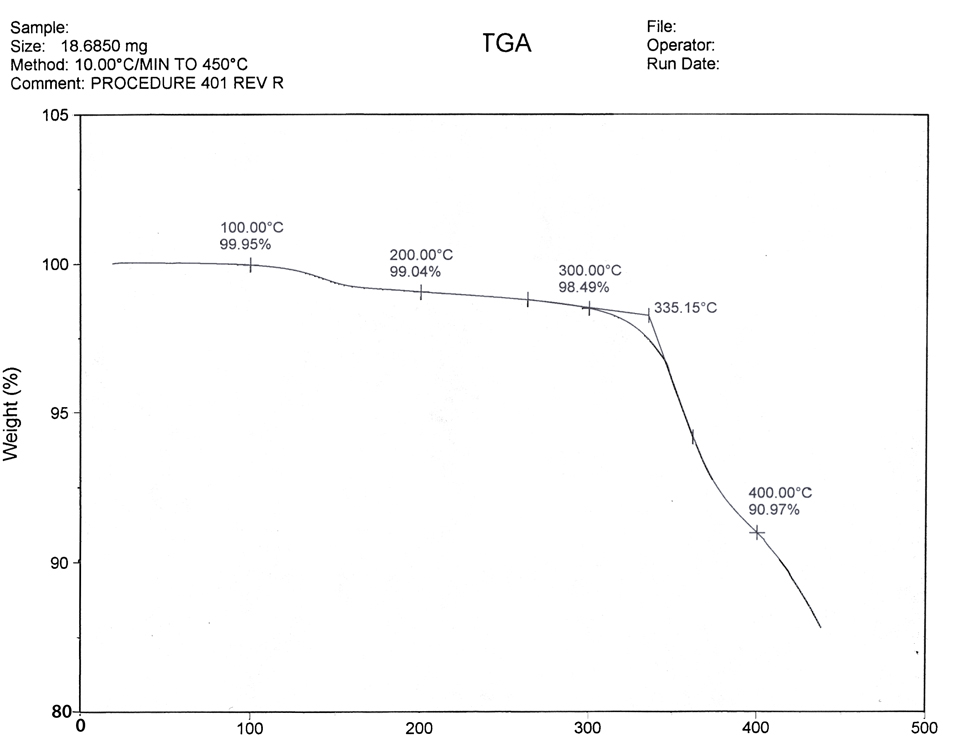Recently, a customer using Shin-Etsu KJR-4013E, the industry-standard for p‑n junction coating resins, asked if they could use the KJR-4013E at temperatures of 500C for 10 minutes. This because this was the solder profile used for solder reflow.

KJR-4013E is a flexible, moisture-cure silicone most often used as p‑n junction-coating resins in the manufacture of diodes. Ask us for the Technical Data Sheet (TDS) for Shin-Etsu KJR-4013. The KJR-4013E is a silicone material and as such can withstand higher temperatures. 500C is indeed a very high temperature, and it will definitely not survive long times at this temperature. The point and the question however is if it will survive a short exposure time of 10 minutes at that temperature.
An approximate degradation temperature for the KJR-4013E is around 300C after which it degrades quickly in time. If the material is not degraded, then it should still be able to protect the P‑N junction. A good way to test for this would be, use a thermocouple in the oven to measure the exact time and temperature exposure of the material during your soldering process and then to run a thermogravimetric analysis (TGA) on the silicone for this same time/temperature profile.
As shown in the graph (Note: this is NOT the graph for KJR-4013E), once a material goes beyond a certain point, it begins to degrade quickly, and the process is irreversible. The point at which the degradation accelerates is different for different materials, but for non-solvent containing silicones, this can be as little as 3–4% of weight loss. Keep in mind with this graph that the temperature ramp is 10C per minute (as shown in the Method), and so the total time to generate THIS graph up to 450C was 45 minutes. This will NOT be the case with a 10 minute solder process, even as it ramps up to 500C, but a thermocouple through the oven will tell this story much more accurately.
Please visit our website for more information about junction coating resin silicones, our silicones for LED encapsulation or any other of our specialty silicone products. You can also contact us for more information on P‑N junction coating resin silicones.


